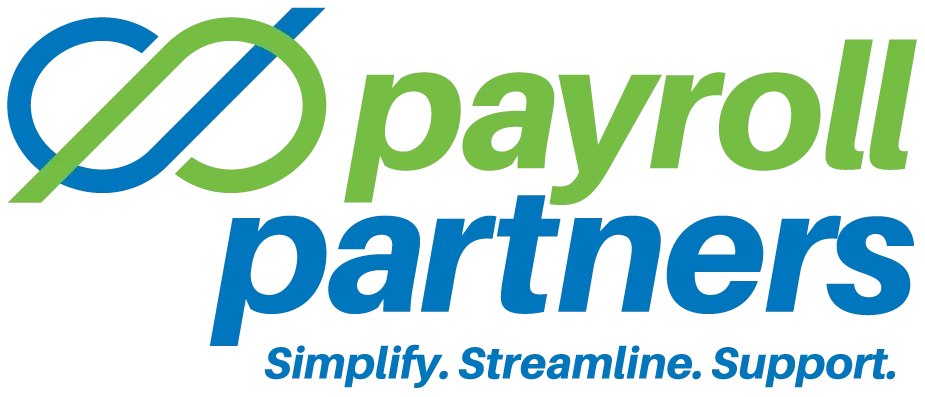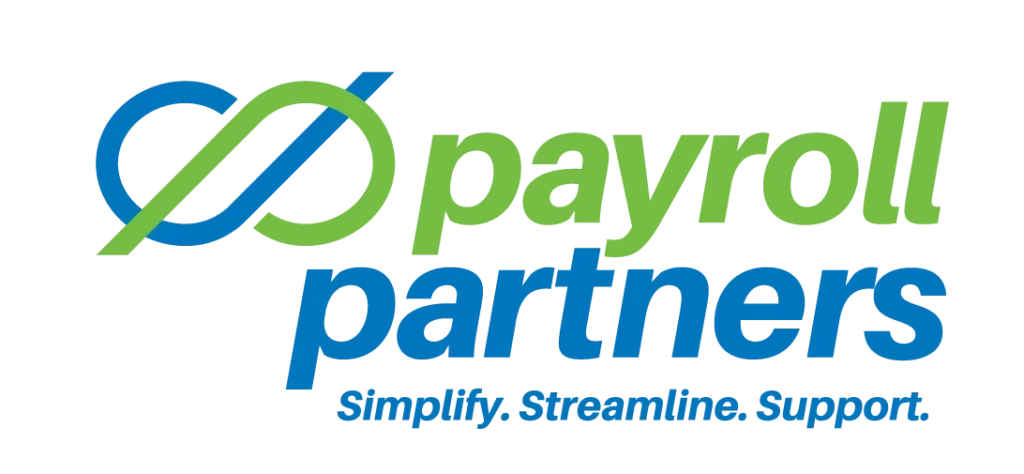As an employer, one of your main goals should be keeping your employees happy. And you can keep your employees happy without losing favorable 401(k) tax benefits, paying penalties or facing liabilities.
In the process, don’t forget to take the changes caused by the SECURE 2.0 Act into consideration, namely in terms of retirement savings plans. SECURE 2.0 might mean you have to make amendments to any of your company’s existing plans or retirement account offerings.
When you’re looking to avoid costly mistakes while keeping everyone satisfied, keep the following 401(k) compliance requirements in mind.
Amend all retirement plans
Amend all retirement plans in line with changes that are made to the law. These changes can either be statutory, regulatory or government mandated, so stay in the know and pay attention to all the possibilities.
More specifically, take a moment to revise the changes caused by SECURE 2.0, especially because over 90 changes have been enacted. There are also differences between discretionary and optional plan adjustments.
Define the details of the plans
It’s important to make sure the 401(k) plan operates in alignment with the terms associated with it. If this is not the case, negative tax consequences or a breach of fiduciary duty, if not both, may result. Properly define the meaning behind compensation and then use that definition to determine allocations for each employee’s 401(k) plan.
Confirm your employees are eligible for the plans
Always ensure that applicable employer-matching contributions as well as non-elective contributions are distributed in a timely fashion. Making sure the proper allocations are distributed to each employee is essential as well. Double-check the eligibility of your employees and whether they can reap the benefits of your 401(k) plans.
Pay attention to the administrative side of the plans
As an employer, it is important that you ensure all of your employees’ 401(k) plans are properly managed and handled. Employees who participate in work-related 401(k) plans can borrow from their 401(k) plan if that is an option you make available to them.
However, if employees choose to withdraw from their 401(k) plans, then legal compliance must be intact. Ensure your employees understand that the money they borrow must be repaid in a timely fashion in order to avoid interest fees or additional taxes.
Stay on top of tax-related matters
When offering 401(k) plans to your employees, you must file Form 5500, which details your annual returns-related information. This form must be submitted to the Department of Labor so that you can avoid having to pay significant late fees or deal with associated penalties.
Also, it’s your responsibility to deposit elective deferrals on behalf of your employees. Provisions implemented by SECURE 2.0 yield a lot of new benefits that are intentionally designed to make offering retirement plans to your employees more attractive for you as an employer.
Furthermore, the Consolidated Appropriations Act of 2023 adds to SECURE 2.0. Ultimately, SECURE 2.0 addresses a number of issues that deterred employees from participating in employer-backed 401(k) plans in the past.
Always make sure you adhere to the rules of contributing and withdrawing from retirement accounts. For example, you have to let your employees make automatic withdrawals or contributions without being subject to the 10% penalty resulting from early withdrawals.
Also, SECURE 2.0 has expanded the Employee Plans Compliance Resolution System, allowing for more leeway when it comes to the correction of internal errors. New rules have been added in terms of handling overpayments as well. To see the specifics of the rules surrounding 401(k) compliance, visit the DOL and Treasury Department websites.
Original content by © IndustryNewsletters. All Rights Reserved. This information is provided with the understanding that Payroll Partners is not rendering legal, human resources, or other professional advice or service. Professional advice on specific issues should be sought from a lawyer, HR consultant or other professional.

